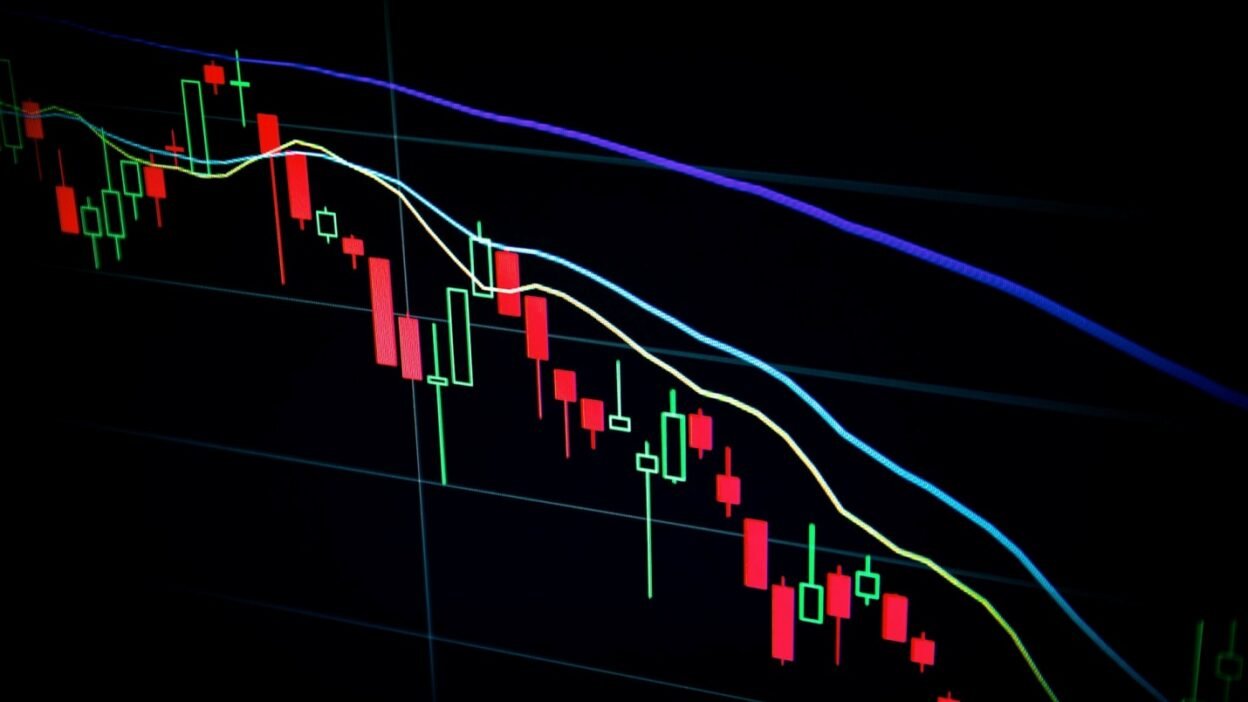XRP has long stood out as one of the most well-known cryptocurrencies in the market, often ranking among the top digital assets by market capitalization. Developed by Ripple Labs, XRP was built to facilitate fast and inexpensive cross-border payments. Despite its prominence and real-world use cases, a noticeable number of investors still choose to steer clear of it. Whether due to legal uncertainty, ideological opposition, or simply a lack of understanding, XRP remains a divisive asset. But what exactly are these investors afraid of—and what might they be missing?
One of the primary reasons investors avoid XRP is its ongoing legal battle with the U.S. Securities and Exchange Commission. The SEC’s lawsuit, filed in December 2020, alleges that Ripple Labs conducted an unregistered securities offering by selling XRP. This case has cast a long shadow over the token, leading to delistings from major U.S. exchanges, such as Coinbase, and prompting concerns about XRP’s regulatory future.
Legal risk is no small matter in crypto. The outcome of the case could set a precedent for how other cryptocurrencies are treated under U.S. law. For many risk-averse investors, holding an asset that might be classified as a security comes with too much uncertainty. The legal cloud has also slowed institutional adoption in the United States, limiting XRP’s exposure to larger pools of capital.
Another common concern is the perceived centralization of XRP. Critics argue that Ripple Labs holds too large a share of the token supply, which gives the company an outsized influence over the asset’s price and network development. For investors who value decentralization above all, this level of corporate control is a red flag. Compared to Bitcoin or Ethereum, XRP doesn’t fit neatly into the ethos of trustless, permissionless finance.
Then there’s the issue of transparency. While Ripple has made strides in disclosing its token sales and escrow practices, some investors remain wary of how XRP is distributed and used. Questions about Ripple’s financials, its partnerships, and how it uses XRP to fund operations continue to fuel skepticism.
Despite these fears, the XRP story is far from one-sided. In fact, what many investors are missing is the core reason why XRP was created—and how it’s actively being used today. Ripple’s technology solves a very real problem: the inefficiency of traditional cross-border payments. In contrast to outdated systems like SWIFT, XRP enables near-instant transactions at a fraction of the cost, with settlement times measured in seconds, not days.
Financial institutions around the world are testing and adopting Ripple’s payment solutions, many of which use XRP as a bridge currency. This is not theoretical adoption—it’s practical utility. Ripple has partnered with banks, remittance providers, and central banks in regions such as Asia and the Middle East. This institutional interest underscores the long-term potential of XRP as a financial infrastructure asset, not just a speculative coin.
Another point that often goes overlooked is the speed and scalability of the XRP Ledger. With the ability to handle around 1,500 transactions per second and minimal energy consumption, XRP is positioned as a more efficient alternative to older blockchain networks. In an era where environmental impact is gaining more attention, this could become a significant advantage.
Moreover, the legal risk that scares off many investors might also represent a unique opportunity. If Ripple ultimately wins or settles the SEC case favorably, XRP could see a dramatic resurgence in price, listings, and credibility. For those who invested early and held through the turbulence, the reward could be substantial. It’s the classic high-risk, high-reward dynamic, but with a technology that already has real-world application.
Market sentiment can be slow to shift, especially when an asset has faced as much controversy as XRP. However, history has shown that early skepticism often precedes mainstream acceptance—especially when a product or platform actually works. Bitcoin was dismissed for years as “internet money.” Ethereum was ridiculed for its complexity. XRP may be undergoing a similar arc, moving from mistrust toward eventual recognition.
Investors who take the time to understand XRP’s use case, monitor its legal status, and appreciate its technical strengths may see the current climate as a window of opportunity. It’s not a guaranteed bet, and it’s certainly not without risk. But in the fast-changing world of crypto, avoiding an asset solely based on fear could mean missing out on something truly transformational.



